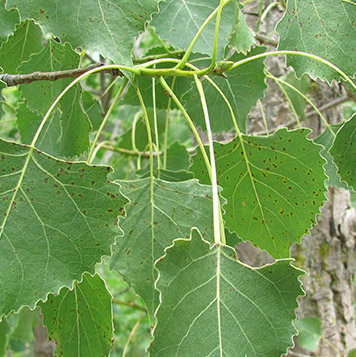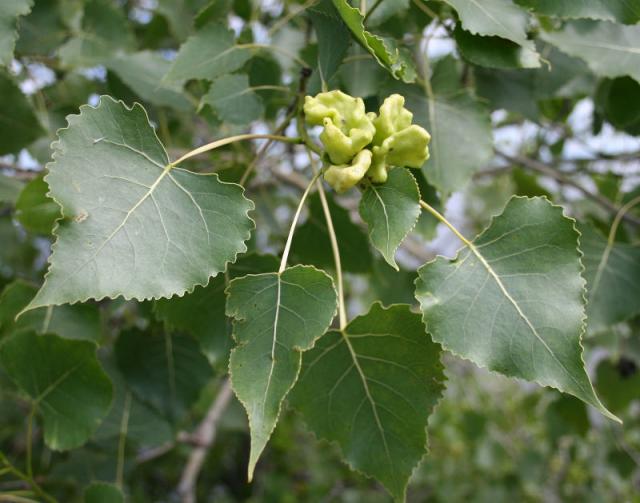eastern cottonwood tree uses
So named for its cotton-like strands that accompany the trees seeds in the spring. It is known for releasing a cotton-like material to disperse its seeds and this is how it got its common name.
In early-mid spring before the leaves emerge small male and.

. Hibiscus tiliaceus a flowering shrub or tree in the mallow family. Eastern cottonwood may be used as natural erosion control in areas with suitable soil according to Purdue University. Each catkin has about 15 to 40 buds and is uniform in length.
You can surf the web at any time and find fine art and bowls that have been created from cottonwood burl and burl cluster. Cheap including the same in everyday use. 30 m or more.
Uses for Cottonwood Shade Tree. Cottonwood has been used for many things through the years including. During a trees 125-year lifespan it may rise to a height of 150 with a diameter ranging from 7 to 8.
It is not uncommon for young trees to grow in excess of 6 feet in height each year. Cottonwood seeds collecting on the ground Photo By. Eastern cottonwood is a large tree that grows quickly and it grows around 6 ft 18 m per year.
Native Americans used cottonwood trees for dugout canoes and even transformed its bark into a medicinal tea. It can reach more than 100 feet in height up to 190 feet and 6 feet in width trunk. Eastern cottonwood has thick bark which prevents damage of the inner delicate wood.
This species is native to the Chicago region. However its wood is still used in the manufacturing of plywood and is used for the interior parts of furniture as well. Due to its large size weak wood and penetrating roots it is best used on large properties away from residential areas.
A young tree has a silvery-white smooth cottonwood bark with very minimal vertical fissures. Eastern Cottonwood is the state tree of Kansas and Nebraska and is sometimes called the pioneer of the prairie. However the Black Cottonwood tree is only about 150 feet tall with the Northwestern North American distribution.
Eastern cottonwood has thick bark. Kansas Wyoming and Nebraska. The tree is not particular about soil pH and will even handle salty.
It is native to eastern North America through the Midwest and Chicago region. Eastern cottonwood is a fast-growing tree it grows 6 feet per year. 17 hours agoThe eastern cottonwood tree which has heart-shaped leaves that come to a point and can reach more than 100 feet in height is native.
The crown is 75 ft 23 m wide and oblong. This rapid growth and its wide spread allow it to create amazing shade and tremendously efficient. Ad Discover Our Huge Online Selection Of Plants.
In the genus Populus a number of difficult-to-distinguish trees. The eastern cottonwood is the state tree of three states. Forum Responses Sawing and Drying Forum From contributor D.
The tree is short-lived very fast-growing and can take over an open area if left alone. Shop By Type Color Zone More. Cottonwood grows eight feet per year in the right conditions.
35 to 60 ft. Eastern Cottonwood is easy to work and cheap. Edward Johnson Wikimedia Commons The eastern cottonwood tree Populous deltoides is a native North American tree that is common in eastern and central United States as well as southern CanadaMany people recognize this tree from the cottony substance that falls from the trees in early summer.
Fast-growing Populus deltoides Eastern Cottonwood is an upright-spreading vase-shaped deciduous tree with glossy dark green deltoid leaves up to 5 in. Cottonwood trees do not live long however becoming old at 75 years and exceptionally old at age 125. The eastern cottonwood is a rather tall and wide tree ranging from 20-60 meters in height and trunks usually over 25 meters wideThey grow incredibly fast as well in Mississippi river bottoms they can grow 5 meters a year.
Bark is smooth and yellow-green in young trees. These large trees can grow to between 50 and 80 ft. The soft wood of the eastern cottonwood is often used for plywood and the internal frames of furniture.
Cottonwood trees are also large shade trees and their sprawling branches have a spread of up to 113 ft. 80 to 100 ft. For this reason we dont recommend this wood for long-term use.
Cottonwood favors moist well-drained soil along waterways. Eastern cottonwood Populus deltoides is the fastest growing and largest tree found in Iowa. Good for some things like boxes crates veneers and others.
It is the fastest-growing native tree in Missouri reaching 50 feet in height and 8 inches in diameter in as little as 6 years under good conditions. Nature Hills Is Americas Largest Online Plant Nursery. 15 24 m.
This tree has the ability to sprout from woody stem cuttings and 3-foot sections can be. Its always a conversation topic. The largest specimen in Iowa is over 11 feet in diameter 80 feet tall and more than 85 feet in width.
In these conditions cottonwood can average 5 in growth per year for its first 25 years. Eastern cottonwood is a fast-growing tree it grows 6 feet per year. The elderly trees have brown-gray highly wrinkled corky bark.
Older trees become quite a dark gray in color and the. The usable portion of the tree measures 31 in diameter x 27 feett x 24 in diameter. On mature trees the ash-gray bark is divided into thick flattened ridges separated by deep fissures.
Eastern cottonwood is a large fast-growing tree found along streams rivers and lowland areas. Photo by David J. Zones 2 through 9.
Pros and Cons of an Eastern Cottonwood Tree. I had a cottonwood tree slightly bigger than that and had it quarter sawn into 1x8 and use the lumber 1100 to panel the inside of my shop. Populus heterophylla swamp cottonwood in the eastern.
There it quickly sprouts from tiny seeds cut stumps roots and even branch cuttings. Pioneers on the Oregon Trail would look for such trees as their shade and firewood was a welcome respite and their presence usually. Cottonwood trees feature male and female parts on separate trees female trees are the ones that produce the cottony substance that gives the tree its name.
Populus angustifolia narrowleaf cottonwood in the Great Basin. Shelving framing paneling sub floors crates pallets lowboy decks saddles and caskets. Cottonwoods grow to be over 100 ft 304 m tall and they can grow up to 190 ft 579 m sometimes and has a 6 ft 18 m wide trunk.
The male and female flowers grow on separate trees a property identified by the term dioecious. Crown is oblong-shaped and 75 feet wide. Populus balsamifera black cottonwood in Canada and parts of northern United States.
The eastern cottonwood can be seen throughout Minnesotas landscapes in the urban environment as well as natural areas. Cottonwood trees are also one of the most valuable trees in the country for wildlife providing food and shelter for countless species. Cottonwood trees can add 6 feet in height each year.
And the higher quality cottonwood has been used in turning. Some species of cottonwood trees have been known to reach heights of 100 ft. Cottonwood Tree Facts.
Being a species of a poplar tree cottonwoods are also related to aspens. The flowers are contained in about 3 inches of catkins. Eastern cottonwood is also called Carolina poplar eastern poplar necklace poplar and Ãlamo.
Cottonwood trees are easy to identify from their flowers leaves barks and seeds. Long 12 cm which may turn a lovely yellow in fall. Eastern cottonwood Populus deltoides one of the largest eastern hardwoods is short-lived but the fastest-growing commercial forest species in North America.

Cottonwood Eastern Cottonwood Poplar Eastern Cottonwood Southern Cottonwood Mdc Teacher Portal
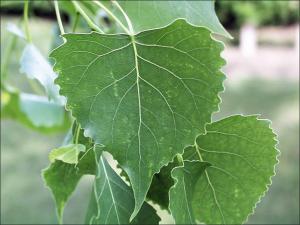
Eastern Cottonwood Natural Resource Stewardship
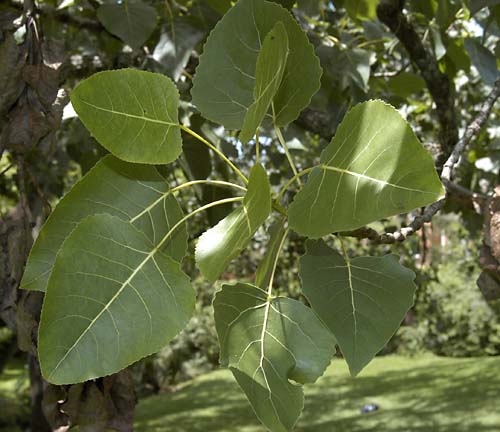
Populus Deltoides Eastern Cottonwood Salicaceae
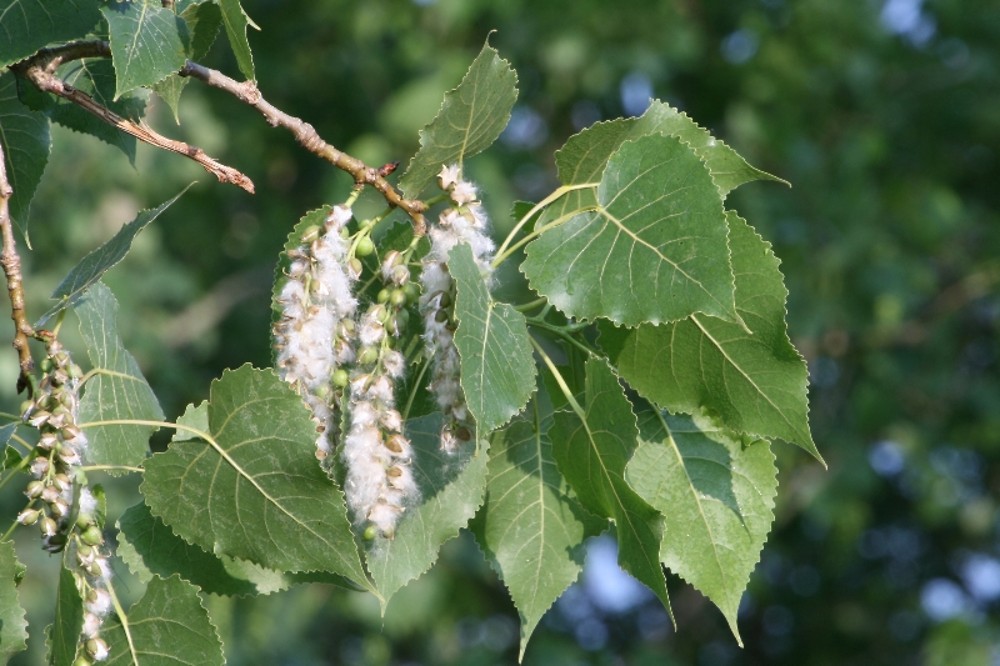
Populus Deltoides Eastern Cottonwood Necklace Poplar Go Botany

Cottonwood Trees Of Manitoba Inaturalist

Eastern Cottonwood Populus Delotides The Arboretum

Eastern Cottonwood Trees Of Vermont Inaturalist

Populus Deltoides Common Cottonwood Cottonwood Eastern Cottonwood Eastern Poplar Poplar North Carolina Extension Gardener Plant Toolbox
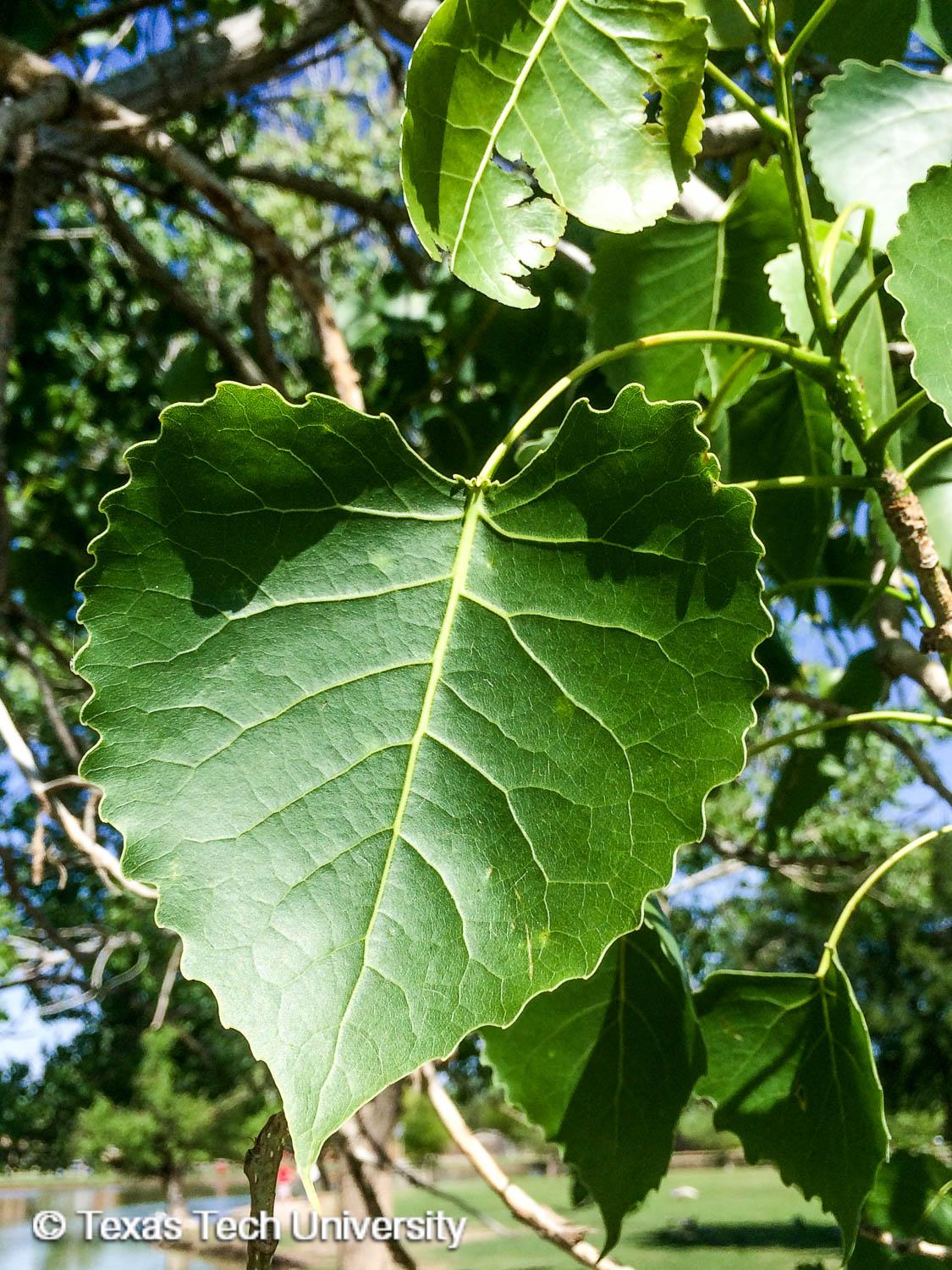
Poplar Eastern Cottonwood Plant Resources Home Ttu
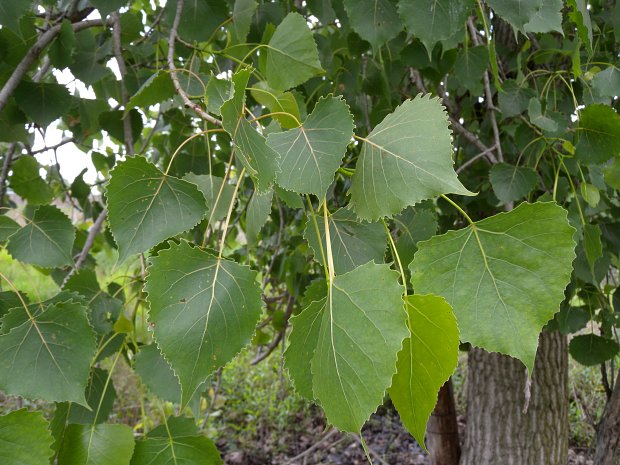
Eastern Cottonwood Populus Deltoides
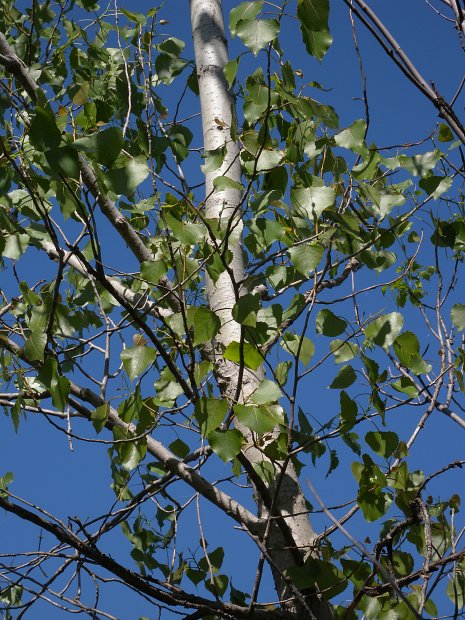
Eastern Cottonwood Populus Deltoides

Cottonwood Tree Guide Identification Of Eastern Leaves Seeds More
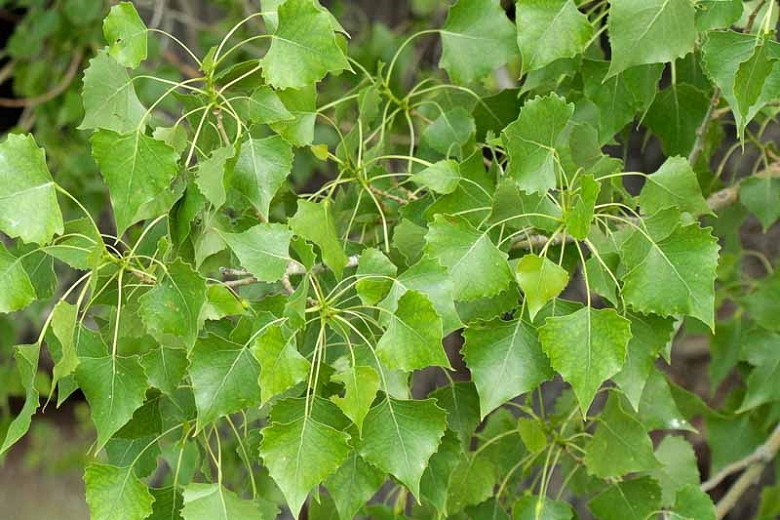
Populus Deltoides Eastern Cottonwood
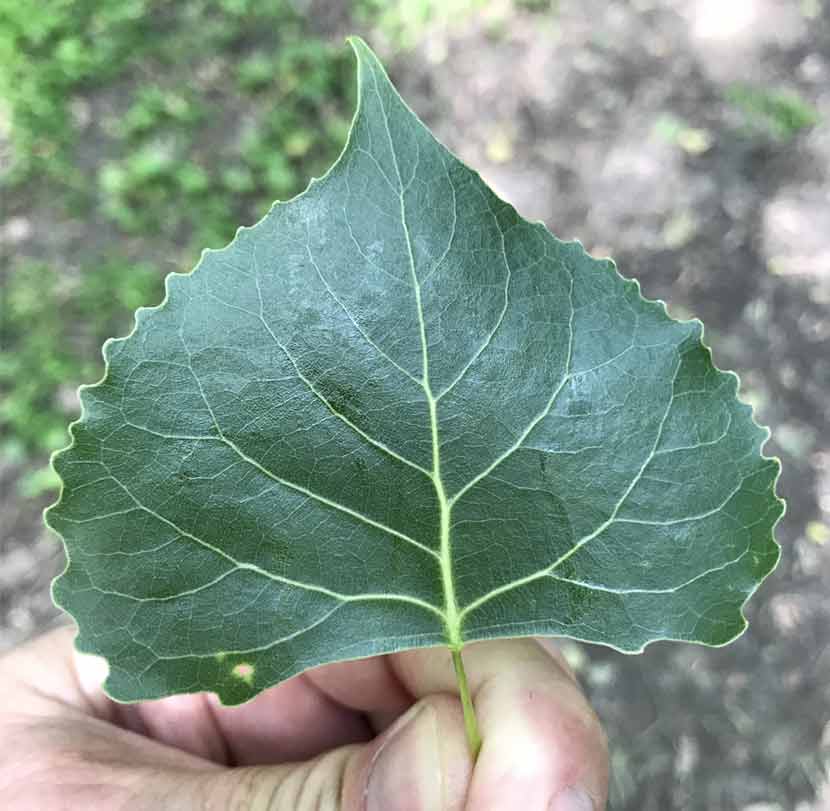
Species Spotlight Eastern Cottonwood Three Rivers Park District
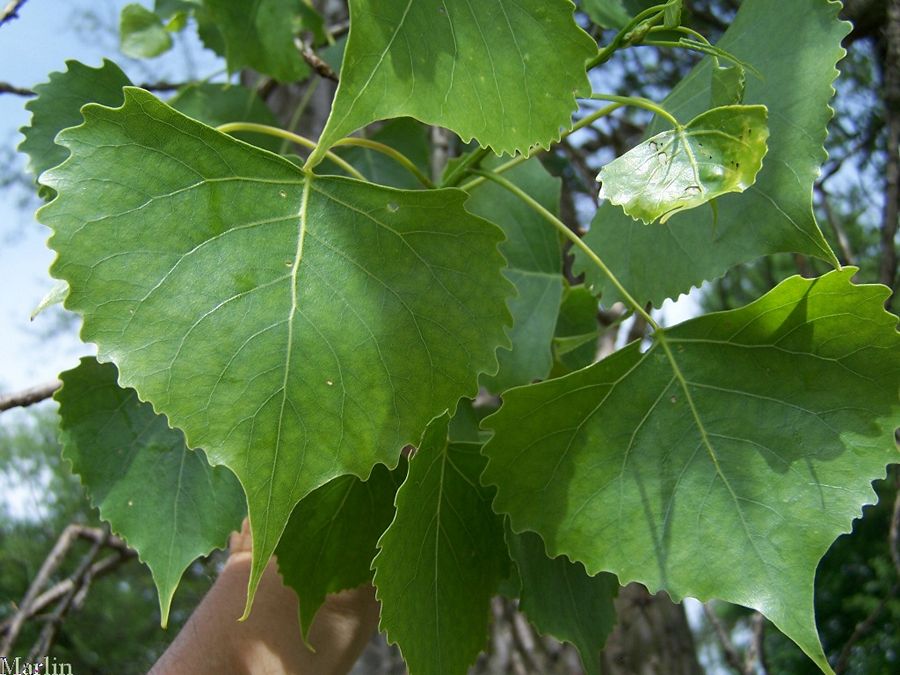
Eastern Cottonwood Populus Deltoides North American Insects Spiders

